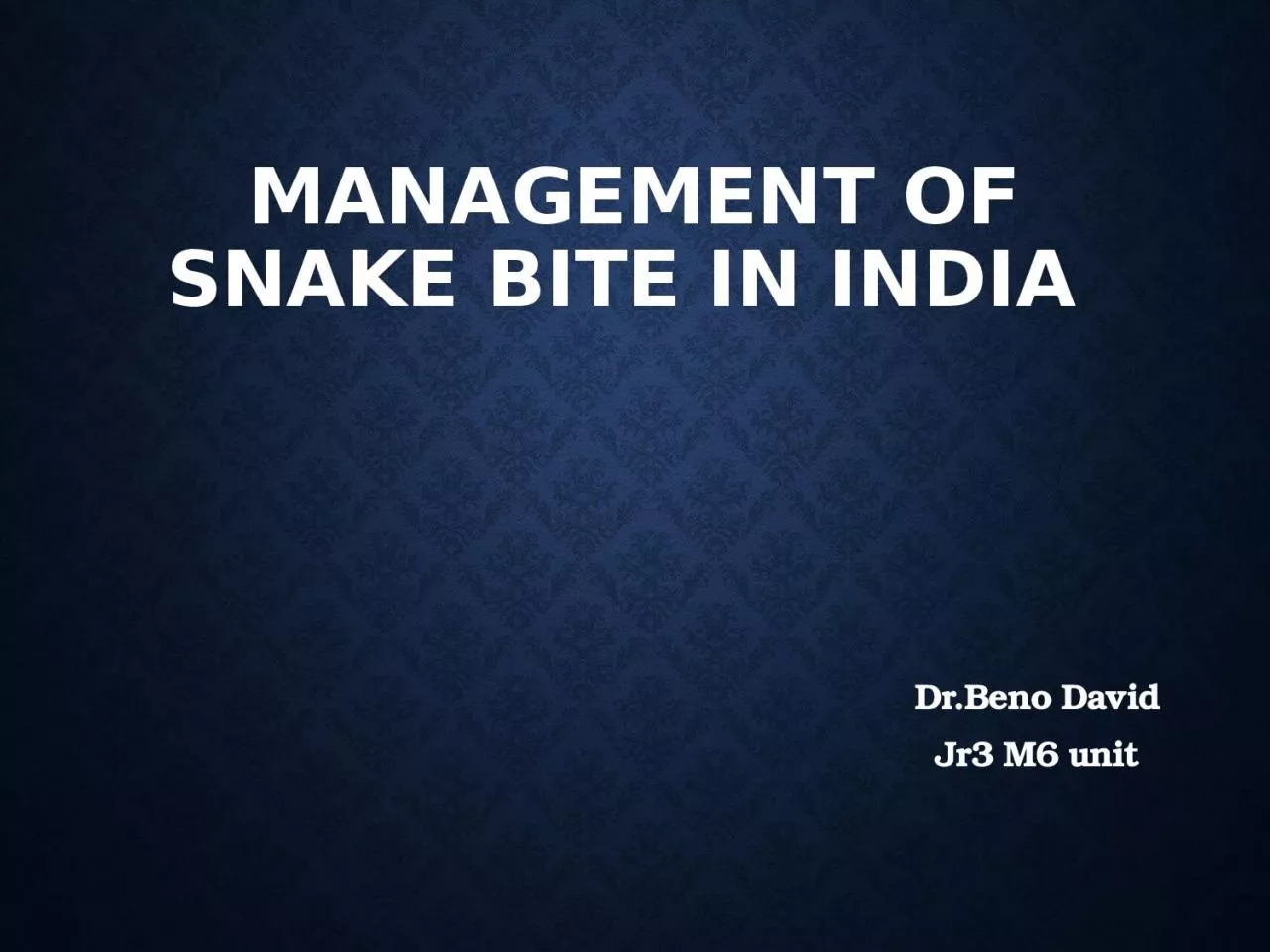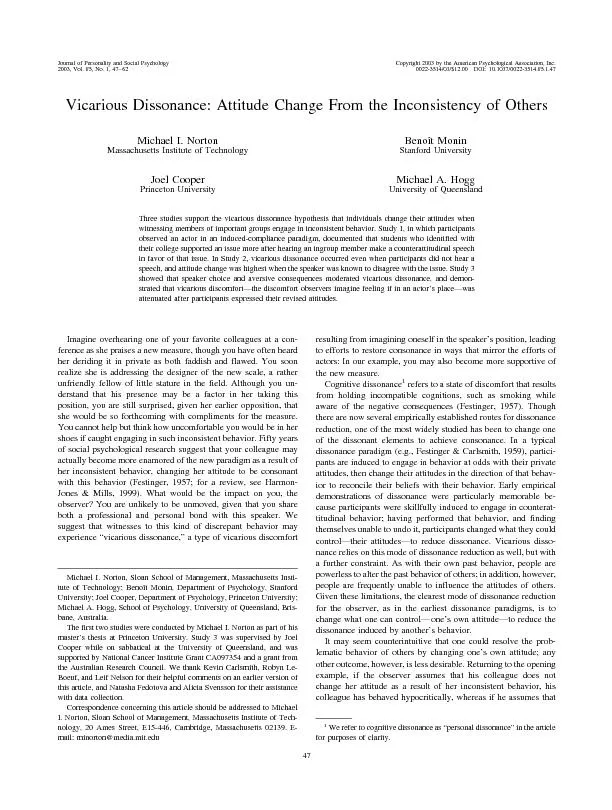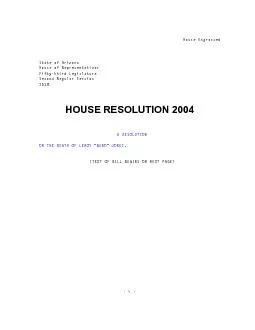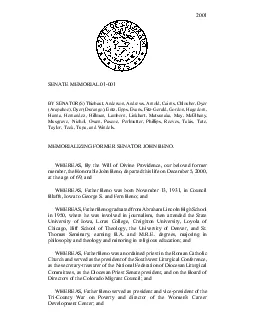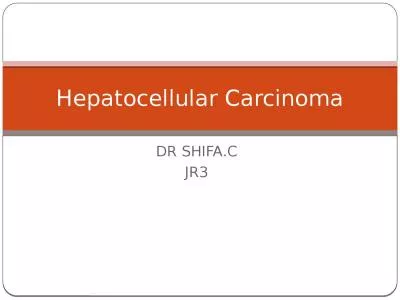PPT-Dr.Beno David Jr3 M6 unit
Author : bethany | Published Date : 2024-03-13
Management of snake bite in india introduction Snakebite is an acute life threatening time limiting medical emergency Indian states with high incidence of snakebites
Presentation Embed Code
Download Presentation
Download Presentation The PPT/PDF document "Dr.Beno David Jr3 M6 unit" is the property of its rightful owner. Permission is granted to download and print the materials on this website for personal, non-commercial use only, and to display it on your personal computer provided you do not modify the materials and that you retain all copyright notices contained in the materials. By downloading content from our website, you accept the terms of this agreement.
Dr.Beno David Jr3 M6 unit: Transcript
Download Rules Of Document
"Dr.Beno David Jr3 M6 unit"The content belongs to its owner. You may download and print it for personal use, without modification, and keep all copyright notices. By downloading, you agree to these terms.
Related Documents

